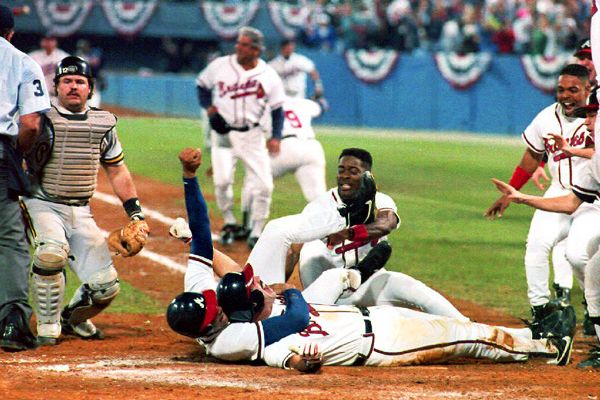MoneyLaw schools in a non-MoneyLaw world, part I
And it is time for a MoneyLaw theory of what makes a great law school, as Bill reminds us in his post (and Jeff Harrison reminds us here). Using that tentative list of possible factors is a good start to flesh out a theory.
The factors again, from both Bill's post and Jeff's post:
- Bar passage (LSSSE adds a whole new layer of variables), including factors that reduce or eliminate any minority passage gap
- Employment at graduation / Employed at 9 months (regressions published here)
- Credentials of incoming students (regressions published here)
- Annual giving (rate, average amount)
- Career satisfaction of graduates
- Satisfaction of major employers of graduates
- Faculty participation in law reform / participation in successful law reform
- Pro bono commitment of graduates
I can't quibble with bar passage, employment rates (at least those that are honestly derived), satisfaction of employers (presumably with the quality of the work--and perhaps the character--of the graduates), and some measure of faculty effectiveness in scholarship (not sure I like the "law reform" angle, but I get the concept of this factor).
The other factors are more troubling for me. Credentials of incoming students tell us about the applicant pool and the selection of incoming students, but they don't tell us much about the school's quality. Instead, the credentials tell us about the (forgive me, students, for this one) raw materials going into the school. Annual giving can be measured in dollars (Jeff's "rich get richer" point) or percentages of alumni giving (but the latter misses giving by non-alumni, and for new-ish schools like UNLV's law school, that problem misses literally millions of dollars that Dick Morgan has raised). Pro bono commitment of graduates is a lofty goal, and it might tell us something about the culture of the school, but it might also be a factor that depends on other aspects of the graduates' lives (time, ability, desire) that law school might not affect.
As we look at these proposed factors, though, we face a larger problem: that we're not living in a MoneyLaw world. Let's take placement at graduation. Even before the rankings, employers looked more deeply into the class at the top schools than they did at less highly regarded schools, on the theory that the graduates at the top schools were smarter. GPAs have ordered employer interest in graduates at all schools (e.g., cutoffs for interviews) on the theory that graduates with the highest grades were smarter. This way of choosing whom to hire doesn't value MoneyLaw ideas at all.
I've spoken to various groups about the disconnect between grades and skills (and between grades and social / emotional intelligence). No matter what I say, most employers are afraid to test their own theories of what makes a good associate, or a good partner. And yet, as they lose associates over time, they realize that they may not be finding the best "fit" for their particular work environment. More about this in part II.













0 Comments:
Post a Comment
<< Home